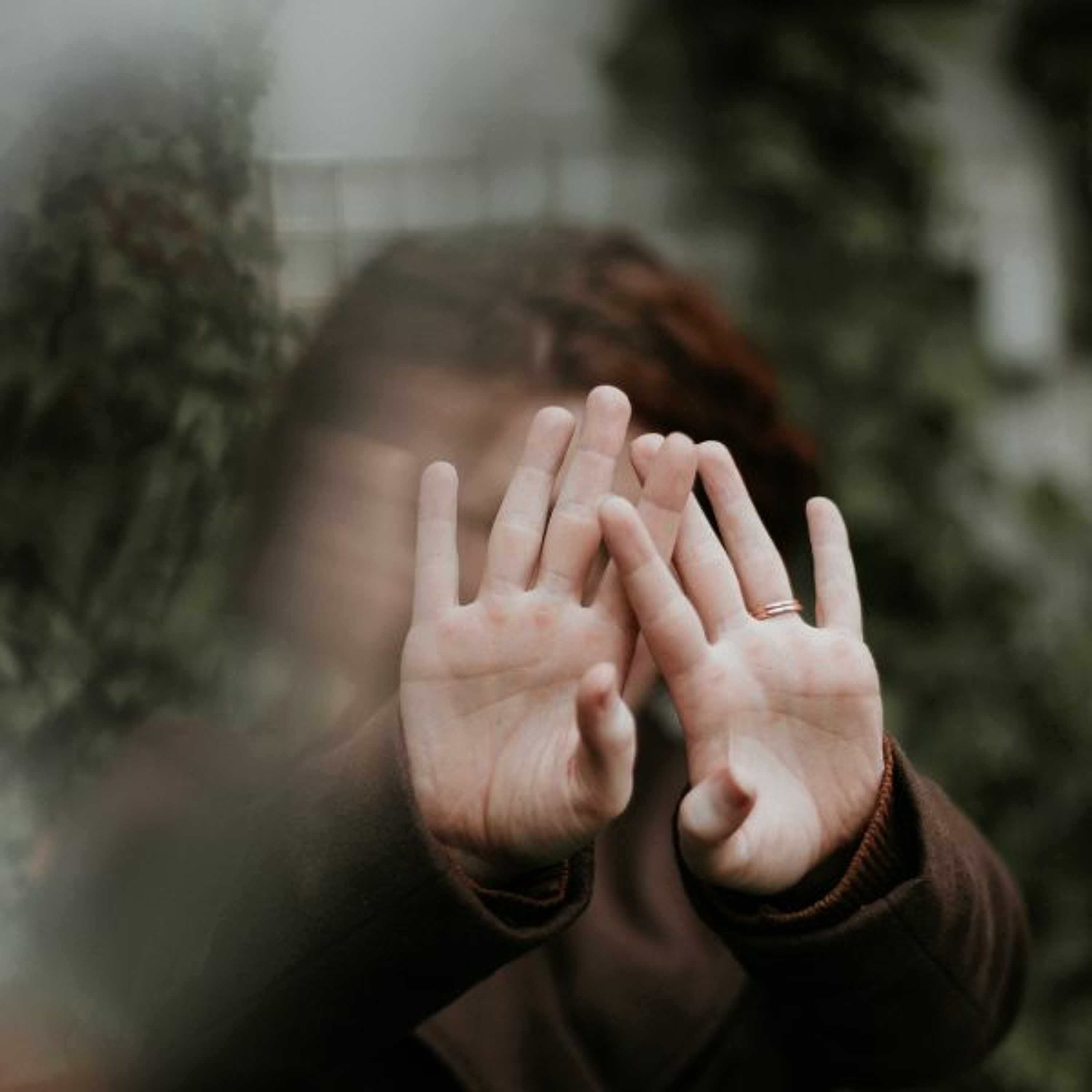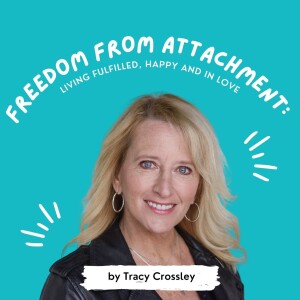
Early childhood is where avoidant seeds take root. If you fall into this category of insecurely attached Avoidants, you probably developed a pseudo-independent identity, going to great lengths to prove you could take care of yourself. You acted like a little adult, holding yourself to pretty strict standards. This self-sufficiency carried over into actual adulthood where you had little or no desire to seek help and support from others. “I’m fine,” you’d say, when you were anything but.
This self-containment becomes threatened inside intimate relationships. We avoid vulnerability because revealing our true selves may lead to rejection or abandonment. This results in not fully committing; we keep one foot out so we can focus on other distractions. Or we avoid relationships altogether, coping with our repressed emotions and asserting our “independence” by resisting vulnerability and intimacy. But then attachment needs kick in, activating anxiety over the fact we’re alone. What a painful pattern to live in, right? This is the Anxious/Avoidant attachment type at play.
That was me for a long time—my mom actually used to call me her little soldier. But it IS possible to change. The pattern was learned, so it can be unlearned. What it really comes down to is your value. You may put on a brave, confident face (and wear your independent badge of honor), but underneath is the fear of being found out. You protect yourself by choosing safe partners who do not trigger you, therefore keeping your façade intact where your true self can remain a mystery. This doesn’t feel good or lead to a fulfilling existence. It just keeps you stuck in those old patterns and beliefs around your perceived value. In this podcast I’ll provide some tools to release you from this self-made prison so you can open up to receive the support every human needs and deserves.
view more
More Episodes
It's All About Me, Me, Me
 2019-06-21
2019-06-21
 2019-06-21
2019-06-21
Please Go F**k Up Your Life
 2019-06-14
2019-06-14
 2019-06-14
2019-06-14
Surviving to Thriving: Andy J. Pizza
 2019-06-12
2019-06-12
 2019-06-12
2019-06-12
Journey of Attachment: Love Your Anxiety
 2019-06-11
2019-06-11
 2019-06-11
2019-06-11
Rules in Relationships: WTF is Compromise?
 2019-06-07
2019-06-07
 2019-06-07
2019-06-07
The Grey Area of Emotional Change
 2019-05-31
2019-05-31
 2019-05-31
2019-05-31
I Need To Understand, Then I Can Keep ‘Em!
 2019-05-24
2019-05-24
 2019-05-24
2019-05-24
I Am Not Getting My Way! I Am Going To…
 2019-05-17
2019-05-17
 2019-05-17
2019-05-17
Surviving to Thriving: Alyssa Aubrey
 2019-05-15
2019-05-15
 2019-05-15
2019-05-15
The Struggle is Real
 2019-05-10
2019-05-10
 2019-05-10
2019-05-10
Validating vs. Invalidating Conversations
 2019-05-03
2019-05-03
 2019-05-03
2019-05-03
True Feelings vs. Reactions
 2019-04-30
2019-04-30
 2019-04-30
2019-04-30
012345678910111213141516171819
Create your
podcast in
minutes
- Full-featured podcast site
- Unlimited storage and bandwidth
- Comprehensive podcast stats
- Distribute to Apple Podcasts, Spotify, and more
- Make money with your podcast
It is Free
- Privacy Policy
- Cookie Policy
- Terms of Use
- Consent Preferences
- Copyright © 2015-2024 Podbean.com






